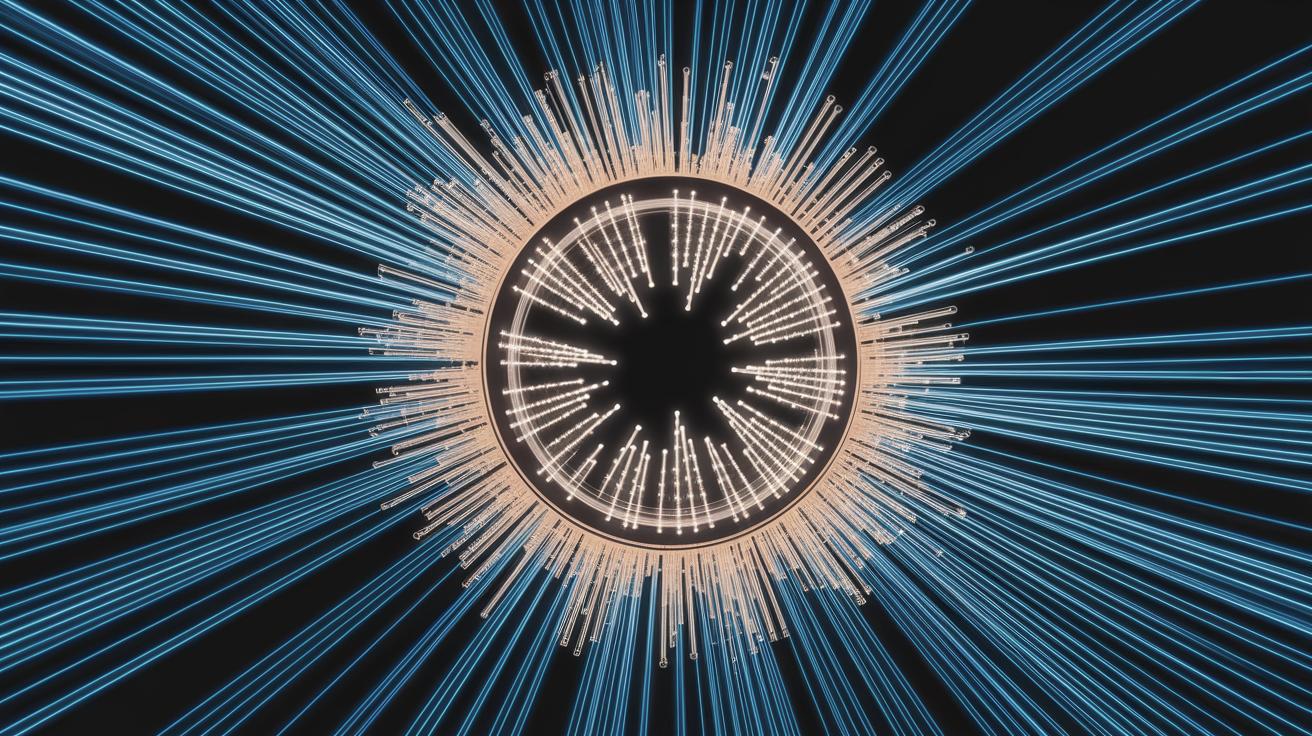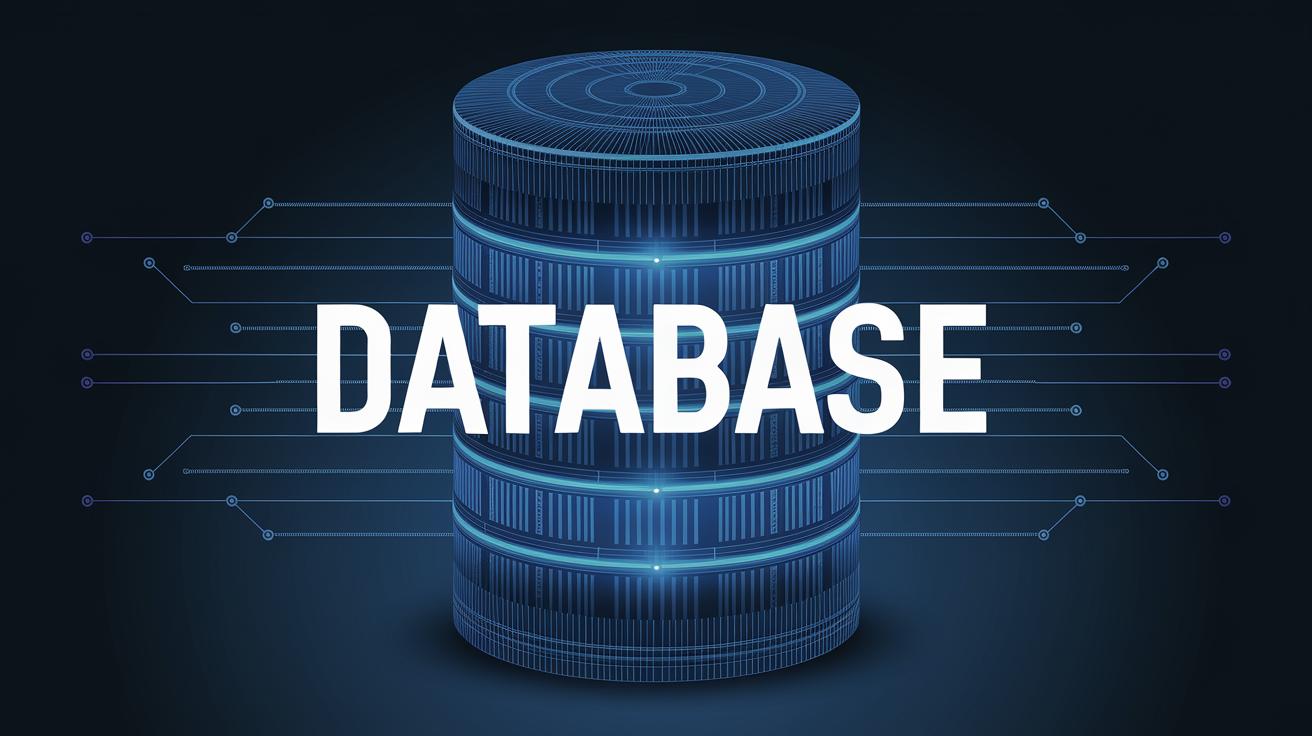The Wonders of Optical Fiber
In our increasingly connected world, the demand for faster and more reliable communication technologies is ever-growing. Optical fiber technology stands at the forefront of this revolution, offering unparalleled speed and efficiency in data transmission. This blog post delves into the fascinating world of fiber optics, examining how it works, its various types, and how it stacks up against traditional copper cables. We will explore the myriad advantages and some limitations of fiber optics, as well as its diverse applications across industries ranging from telecommunications to medicine and beyond. Join us as we unravel the wonders of optical fiber and its transformative impact on modern connectivity.
What is fiber optics?
Fiber optics is a technology that uses thin strands of glass or plastic, known as optical fibers, to transmit data as pulses of light. This method allows data to travel at incredibly high speeds with minimal loss of signal quality over long distances. Fiber optic technology is widely recognized for its efficiency and effectiveness in handling large volumes of data, making it a preferred medium for high-speed internet connections, telecommunications, and data networks.
The core principle of fiber optics is based on the transmission of light through the optical fibers, which are capable of carrying significantly more data than traditional electrical cables. This technology is engineered to transmit light signals over hundreds, if not thousands, of kilometers with remarkable clarity. As a result, fiber optics has become a critical component in connecting the modern world, facilitating communication across continents and driving innovations in multiple sectors.
How fiber optics works
At the heart of fiber optics technology is the process of light transmission through the optical fibers. When light enters the fiber, it is guided along the core by a phenomenon known as total internal reflection. The core of the optical fiber is made of a material with a higher refractive index than the surrounding cladding, allowing the light to refract internally and travel long distances without escaping the fiber.
Data is transmitted through fiber optics by converting electrical signals into light signals. A laser or light-emitting diode (LED) generates these light pulses, representing binary data. On reaching its destination, the light is converted back into electrical signals by a photodetector or similar device, allowing the data to be comprehended by electronic systems. This process is central to the incredible efficiency and speed of fiber optical communications.
Types of fiber optic cables
Single-mode fiber
Single-mode fiber optic cables are designed for long-distance communication. They have a smaller core diameter, typically around 8 to 10 micrometers, which allows only a single mode of light to propagate. This focus reduces signal attenuation and loss, making single-mode fiber the ideal choice for long-haul telecommunication applications, such as intercontinental data links and in large data centers.
The single-mode design is optimal for long-distance transmission because it minimizes some of the issues associated with signal dispersion, as the light travels primarily straight through the core without bouncing too much against the cladding. This provides a cleaner and more direct path for the light, making communications systems faster and more reliable over vast distances.
Multimode fiber
In contrast to single-mode fiber, multimode fiber optic cables are constructed for shorter distances. These cables have a larger core diameter, allowing multiple modes or paths of light to propagate through the fiber, which increases light dispersion and signal loss over long distances. Consequently, multimode fibers are typically used for short-range communication, such as within buildings or campuses.
The larger core of multimode fiber permits easier connections and alignment of optical components, often making them less expensive and more practical for local installations. Although they can handle high data rates, the wider range of paths means that the light pulses might interfere with each other, a phenomenon known as modal dispersion, potentially leading to reduced efficiency compared to single-mode fibers in extensive networks.
Fiber optics vs. copper cables
Fiber optics and copper cables are two prevalent communication technologies that offer distinct advantages and limitations. Fiber optics is superior when it comes to high-speed data transmission, bandwidth capacity, and long-distance communication. Copper cables, on the other hand, are typically used for electrical wiring and shorter-range communications due to their limited bandwidth and higher attenuation over long distances.
While copper cables are generally more cost-effective in the short term and easier to install, they are more prone to interference and signal degradation than fiber optics. Fiber optics, being immune to electromagnetic interference and capable of gigabit transmission rates, is particularly advantageous in environments where such interference is prevalent. Additionally, fiber optics has a higher capacity to carry multiplexed signals, further pushing the boundaries of modern communication capabilities.
Advantages and disadvantages of fiber optics
Fiber optics technology presents several significant advantages, including high bandwidth and transmission speeds, superior long-distance communication capabilities, and immunity to electromagnetic interference. These features make fiber optics an invaluable tool in the advancement of internet infrastructure and data communication worldwide.
However, fiber optics also comes with some disadvantages. The technology can be expensive to install and maintain due to the specialized components and technical expertise required. Moreover, the fibers are fragile and susceptible to physical damage, posing challenges in certain environments. Despite these challenges, the benefits of fiber optics often outweigh the downsides, especially in contexts demanding high-speed, secure, and reliable communication.
Fiber optics uses
Computer networking and broadcasting
One of the primary uses of fiber optics is in computer networking and broadcasting. The high bandwidth and speed capabilities of fiber optics make it ideal for moving large data packets over sometimes considerable distances, maintaining the integrity of the data without loss. It has revolutionized networking technologies and enabled vast improvements in data transfer and telecommunication systems globally.
In broadcasting, fiber optics is used to transmit high-definition audio and video signals with minimal latency or signal interference. This makes it the preferred medium for networks that require reliable and fast communications, supporting the expansive networks for television and radio broadcasting across the globe.
Internet and cable television
The internet and cable television industries have vastly benefited from the implementation of fiber optics. High-speed fiber-optic connections offer the bandwidth needed for seamless streaming, fast downloads, and smooth-running applications that are reliant on cloud computing. As a result, telecom companies are increasingly moving to fiber optics to provide end-users with superior internet service compared to traditional cable connections.
Cable television networks also leverage fiber optics to ensure high-quality audio and video transmission without signal degradation. The sharp rise of digital television and online streaming services has been significantly supported by fiber optic technologies, addressing consumer demands for high-speed, uninterrupted services.
Undersea environments
Fiber optic cables play a critical role in global communication by connecting continents through undersea cables. These undersea fiber optic cables are responsible for carrying the majority of international data traffic, ensuring that financial markets, stream platforms, and communication systems operate efficiently across the globe.
The robustness of fiber optics in harsh undersea environments ensures that data continues to flow unabated between countries, supporting everything from basic communication to complex global businesses. These cables are a testament to the durability and adaptability of fiber optics, playing a vital part in the interconnectedness of our digital planet.
Military and space
The military and space industries harness the strength of fiber optics for secure and reliable communication. In military applications, the light transmission characteristics of fiber optics make it useful for communications and targeting systems, providing resilient data transfer devoid of electromagnetic interference.
In the realm of space, the lightweight and high data capacity of optical fibers make them popular for spacecraft internal data systems and communication links. Fiber optics facilitates high-integrity data exchange in space technologies, underpinning successful missions and advances in aerospace engineering.
Medical
In the medical field, fiber optics serves an array of functions ranging from endoscopic procedures to high-resolution imaging techniques. The flexibility and small diameter of optical fibers allow surgeons and physicians to perform minimally invasive procedures with increased precision and reduced recovery times for patients.
Additionally, fiber optics technology is used in imaging applications such as Optical Coherence Tomography (OCT), providing detailed visuals of biological tissues and structures. Fiber optics is an essential part of modern medical diagnostics and treatment, paving the way for less invasive and more efficient healthcare solutions.
Lessons learned
| Aspect | Highlights |
|---|---|
| Definition | Fiber optics uses thin glass or plastic strands to transmit data as light. |
| Working Principle | Relies on total internal reflection and light signal conversion. |
| Types | Single-mode (long distances, high clarity) and Multimode (shorter, easier setups) |
| Comparison | Fiber optics vs. copper cables highlights bandwidth and speed superiority. |
| Pros & Cons | High-speed, secure communication vs. cost and fragility. |
| Applications | Ranging from networking and broadcasting to military, medical, and undersea. |


